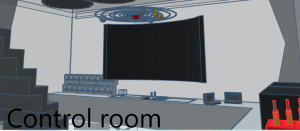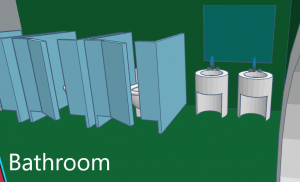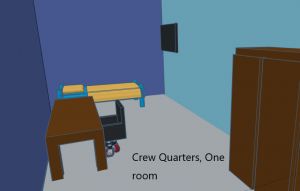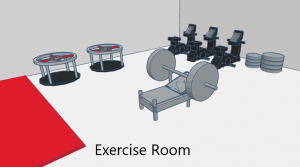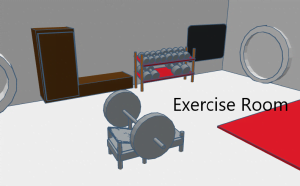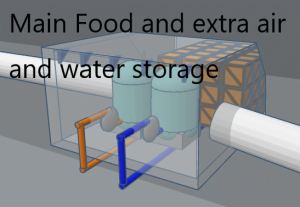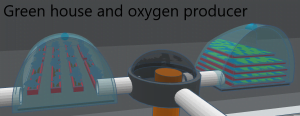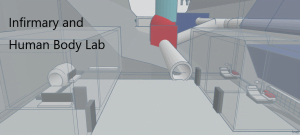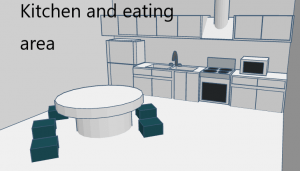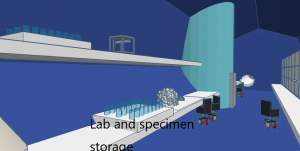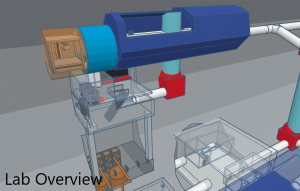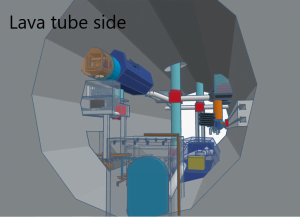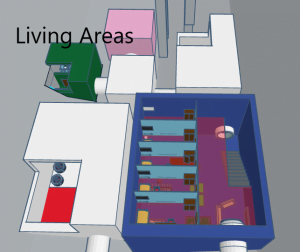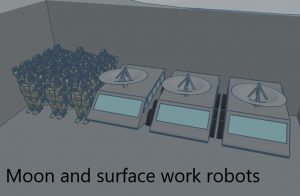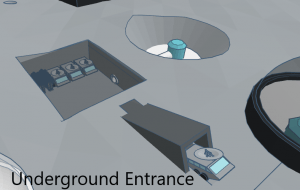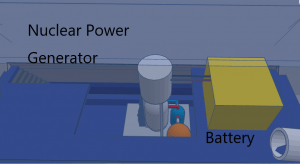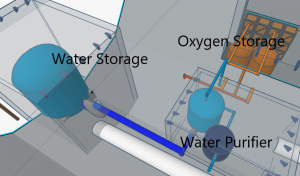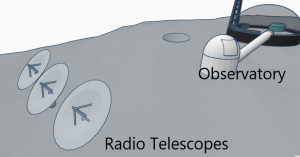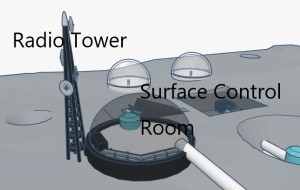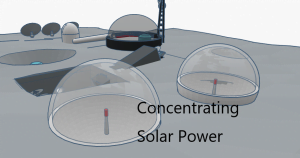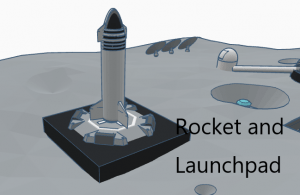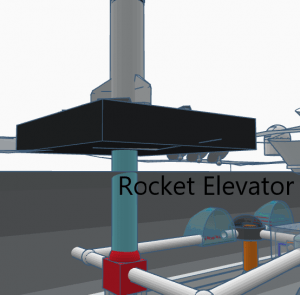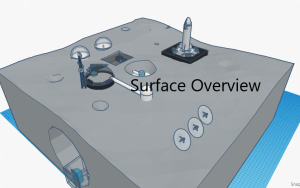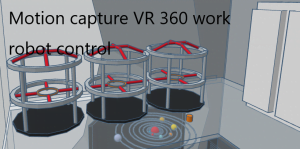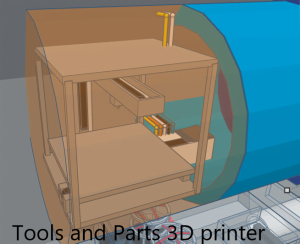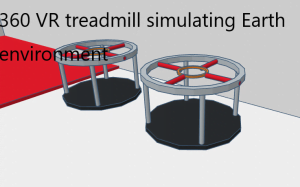Moon Camp Explorers Gallery 2020-2021
In Moon Camp Explorers each team’s mission is to 3D design a complete Moon Camp using Tinkercad. They also have to explain how they will use local resources, protect astronauts from the dangerous of space and describe the living and working facilities.
Team: Huygens Camp
Citadel/Summit Middle School Coquitlam Canada 14, 13
External link for 3d
|
Project description
Our camp is named Camp Huygens in honour of Christiaan Huygens who discovered the first Jupiter moon, Titan, as well as in honour of the lunar probe sent by the European Space Agency. Maximum 5 astronauts can live, study, and work on this camp for 2 years. Camp Huygens consists of four main areas: Camp Features: |
|||
|
Where do you want to build your Moon Camp?
Lunar lava tubes Why did you choose this location?
We chose lunar lava tubes based on 4 reasons: How do you plan to build your Moon Camp? Which materials would you use?
We will 3D print our camp’s framework by mixing lunar soil (consists of silica), a bacteria called sporosarcina pasteurii, and guar gum to create a cement-like paste. We will then inflate the rest of the camp with a few parts made from materials from Earth. Additionally, we will have strong ventilation inside the moon camp to keep lunar dust out. There will be two or more tunnels coming from each room to another with airlocks inside in case of breaches or moonquakes. Every module has an emergency case that provides one astronaut with 3 days of food, water, and oxygen. Explain how your Moon Camp will provide the astronauts with:
|
|||
|
Water
|
Food
|
Electricity
|
Air
|
|
Some water is made through the compressed liquid hydrogen and oxygen brought from Earth. As the water depletes, urine will be recycled and reused, similar to how water is recycled on the ISS. We will also use the oxygen and hydrogen in the lunar soil to make more water. There are also many ice-filled craters near the lunar poles due to the lack of sunlight in the area. We will use the Aqua Factorem method to extract this water for more water besides the shipments from Earth. |
We grow crops such as potatoes, wheat, lettuce, carrots, blackberries, white mushrooms, peppers, and algae for the carbohydrates, cellulose, vitamins, minerals they contain, and growth efficiency. The algae can not only provide a food source, but also produces lots of oxygen, even without light. We breed bugs and worms for protein and fat which will be turned into meat-like substances before eating. These farms are underground for safety, but will simulate Earth’s sunlight. Enough nutritional supplements will be brought for food diversity is hard to create on the moon. Every astronaut can also bring some hobby food from Earth. |
Our camp will have a concentrating solar power system on the surface for short term use, as it is effective, easy to deploy and maintain as the only vulnerable part is the central receiver. There is a one-way mirror glass dome to focus and trap more light on the central receiver. This glass dome will be easier to clean than solar panels (moon dust can reduce power generating efficiency). However, for long-term use, we plan to create a nuclear power generator underground. All modules in the camp will have spare electricity stored in battery packs. |
We have 4 methods to create oxygen. |
|
Describe a day on the Moon for one of your Moon Camp astronauts
CEST time 06:00 Woke up, morning hygiene routine, some free time. 06:30 Reminder tasks from the AI system. Will extract from the “Eau crater”. 07:00 Yoga and cardio on the 360 VR treadmill. Simulated the hiking trail in my hometown. 08:00 Breakfast: oatmeal, baked potatoes, protein bun, cup of coffee. Chatted with everyone about our morning check. I’ll be checking the greenhouse today. The AI system tells us airlock 38 is faulty. I volunteer to check it. 09:00 Found the faulty airlock; quickly fixed. Went to the greenhouse. Everything is working well. 10:00 Went to the control room to write a report log. 11:00 Remote control robots and moon truck to the “Eau crater”. Start extracting. 12:00 Lunch: burger with chili, powdered milk. 13:00 Check on the working robots. They’re fine. 14:00 Go to the Lab to study the minerals brought back from yesterday’s extractions. 15:00 Went to infirmary to do the everyday health exam. Talked with Dr. Timothy. 16:00 Start remote controlling the truck and robot back to base. 17:00 Start unloading and separating the extractions. 18:00 Dinner: protein bun with rice, potatoes, carrots, hot chocolate brought from my hometown 19:00 Exercised, focusing on Strength training. Also rode on stationary bikes. Played with colleagues in the Recreational room. 20:00 Contacted Earth about the day. Send them my report log. Contacted family. Nighttime hygiene routine. 21:00 Lights out and good dream. |
|||


